Gold's Bigger Picture In A Narrowing 2026
Authored by Mathew Piepenburg via VonGreyerz.gold,
It’s that time of year again to put everything somehow together.
But looking back on the knowns of 2025 as we prepare for the inevitable unknowns of 2026, there is little need for the wringing of hands.
Preparation vs. Timing
This is because the more things change, the more they stay the same. And toward this end, we do know this much: Unprecedented and unsustainable debt has made the global financial system, its paper currencies and its bloated markets a bug looking for a wind-shield.
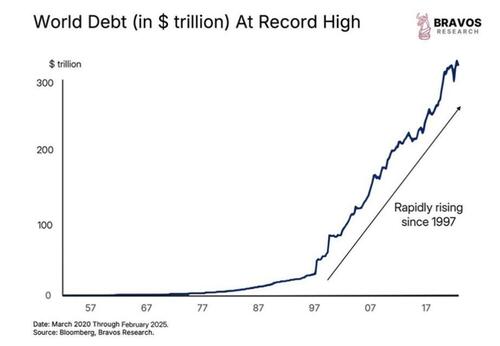
In short, and as history confirms, there is no avoiding the gravity of debt nor the ripple effects of its appalling misuse.
Mouse-clicked trillions to monetize debts just means slow but consistent currency destruction. Timing the same is not nearly as important as preparing for it, and the walls are narrowing/closing in on a broken monetary model.
Equally known is the fact that policy makers in such a desperate yet now mathematically obvious setting of their own making will do what they have always done throughout history.
That is, as conditions worsen, they will become increasingly desperate (perhaps even militant) to employ their favorite tools of manipulation, dishonesty and non-accountability for the fatal corners in which they’ve placed us and our debased paper currencies.
In the end, and as usual, the man on the street will pay for the sins of the clowns in power who have made the currencies by which they measure their wealth little more than melting ice-cubes.
Precious metal owners, of course, have seen this pattern recognition well ahead of the crowds. The historical, banking, and currency risks attendant to all slowly dying monetary systems means one thing: Real money will have more power than paper money. Or as I stated elsewhere: Rock now beats paper.
Looking Back
We saw 2025 begin with much fanfare out of DC to cut spending and impose a series of emergency measures (from gold-revaluation and tariff headlines to USAID and The GENIUS Act) out of the White House to make a clearly broken America great again.
“Our Currency, Your Problem.”
Critical to this laudable goal was the “External Revenue Service” and a wave of tariff measures designed to make the rest of the world pay for the overspending of a nation who for decades arrogantly maintained that an “our currency, your problem” policy would never end.
That is, after America waffled from a promised gold-backed dollar in 1944 to a welched fiat-dollar in 1971, it then conveniently imposed a petrodollar in 1973 to force global demand of an otherwise inflationary dollar before legally (and equally conveniently) price fixing the dollar’s only honest antagonists – gold and silver – on the COMEX exchange in 1974.
As owners of the world reserve currency, the U.S. could compel decades of demand for its dollar through oil, while simultaneously knee-capping precious metals on the New York COMEX and then export American inflation globally with impunity.
Or so we thought.
But with debt levels at $38T (unlike $250B in 1971) and a debt/GDP ratio at 124% (unlike 38% in 1971), the U.S. and its weaponized dollar is clearly not the same hegemon today that it was when John Connolly made the famous claim, “Our currency, your problem.”
In short, the U.S. went too far, and the world knows it.
Our Currency, Our Problem
When, for example, the U.S. attempted its Liberation Day tariffs in April of 2025, markets tanked. But far more importantly, no one showed up at Uncle Sam’s Treasury auction to buy his unloved IOUs.
Not very, well… liberating.
In other words, and thanks to decades of debt-addiction, inflation-exporting and the fatally short-sighted (stupid) idea of weaponizing the dollar in 2022, DC was forced to accept the inevitable yet now present karmic reality that “our currency is now OUR problem.”
Or stated even more simply, no one wants, trusts or fears the indebted and debased USD as they did in decades prior.
This IS a problem for DC…The U.S. is simply too much in debt to be all-powerful. 2025 and 2026 were and will be a much different world than 1944 or 1971. The US, in short, is not what it once was, and nor are its dollars or IOUs.
Who Wants an IOU from a Broke(n) Issuer?
Since the USA outsourced the American dream and manufacturing to China and the WTO circa 2001, it has lived essentially on debt and the assumption that the world, from Tokyo and Riyadh to Moscow and Shanghai, would always buy its IOU’s and hence its dollar.
By April of 2025, however, we learned this assumption was not only arrogant – it was false.
As U.S. markets plunged and crickets chirped at the April Treasury Auction, DC was forced to immediately retreat on its strong-armed tariff policy in order to restore calm on the NASDAQ as well as renew interest in its less-loved UST and USD.
Anywhere But the USA?
Around the same time as the DXY and dollar were cratering in 2025, the ABUSA—or “anywhere but the USA”—trade kicked into gear, as an already openly de-dollarizing BRICS+ wave was joined by booming stock markets in the UK, Japan and emerging markets, all of whom outperformed the US composites.
Even European stocks, suffering under genuine recessionary indicators from angry French farmers to Volkswagen shutdowns, rose 36% in dollar terms, including dividends, nearly doubling the S&P’s 19% in 2025.
AI Will Save Us?
Meanwhile, US markets pretended that AI, which had gone from expensive to just ridiculous, would somehow save us from, well, I guess humans themselves.
AI (whose prices vastly outpace revenues) accounted for 80% of US market gains in 2025. NVDA, at the center of a circular financing bubble in which concentrated tech names were investing over $350B in AI data centers, and pricing in what they assumed would be $2T in annual revenues which have yet to arrive.
A Ticking Credit Time Bomb
This dangerous AI spend/bubble is funded primarily in off-balance sheet debt via private credit pools and other SPVs, the magnitude of which screams of credit risk.
Speaking of private credit, this market of bad loans to an entirely unknown class of largely subprime borrowers now churning between hedge funds, private equity pirates, and VC supermen is literally screaming of default risk ahead.
Tapped-out borrowers in these hidden pools are paying their interest payments in “equity” rather than actual dollars.
No wonder Jeffery Gundlach sees private credit pools as the new weapons of mass destruction. Meanwhile, longer-sighted players like Michael Burry are short AI, and that value-driven “oracle from Omaha,” Warren Buffett, is sitting on over $380B in cash, the largest such defensive move in Berkshire Hathaway’s history.
Sadly, such credit risk is not merely a US market embarrassment. The global shadow-banking system is a $250T bubble providing increasingly defaulting credit outside an already sick, yet at least “quasi-regulated” banking system.
Instead, this “shadow lending system,” which has no capital requirements/security, also has zero depositor insurance or central bank access and is ticking like a time-bomb beyond our so-called financial “headlines.”
The Markets Will Save Us?
But hey, at least US markets (CAPE at 39.5 by October and 30% of its market-cap held by 10 companies) are still double-digit positive heading into 2026. Something must be strong in the USA despite the worst private labor data since 2008.
But sadly, the real wind beneath the US markets is not as clean or strong as the current numbers suggest.
Rigged Game
In fact, 2025 saw $1.3T of stock buy-backs—i.e. insiders (led by Apple and Google) buying their own shares to artificially increase share prices and “fudge up” Earnings per Share data by reducing share volume.
In essence, this once-illegal practice of artificial market manipulation boils down to executive insiders voting themselves a raise (they are paid on share prices). As Buffett himself observed: “This is deception, not talent.”
Meanwhile, these same C-suiters have also been quietly selling their other shares at market highs to cash out before a crash.
In such a totally rigged game, it sure is good to be on the inside.
For the rest us market outsiders, however, chasing these inflated market highs is an entirely personal choice.
Given that Pavlovian markets are entirely Fed-driven, so long as QE liquidity is mouse-clicked at the Eccles Building and rates are artificially compressed, a dovish Fed typically means this Frankenstein bubble can stumble, arms stretched forward, to even more frothy highs.
Looking Ahead
This brings us to the Fed in 2026. Will or can it tow the White House’s line to further rate cutting and more QE? The likely answer is yes, and not because of politics, but because of basic survival.
The Fed’s Real Mandate & Problem
The Fed’s real mandate is bond market stability, not inflation, which is an open lie, and not employment, which is equally so. Given that the post-2022, weaponized USD is openly unloved and untrusted, someone has to buy Uncle Sam’s debt, and that won’t be China or Japan.
Japan has been dumping USTs to support its own broken credit markets and Yen, and China, well… it has been walking away from USTs (in favor of gold) in a staggering manner. Its FX reserves were once 40% USTs; by 2025, that figure had fallen to less than 1%:

Given the fact that less UST demand means lower bond prices and hence rising bond yields, Uncle Sam is in deep trouble heading into 2026.
Rising bond yields are an absolute terror to bankrupt debtors like the US, because it means the interest expense on its debt, already over $1T/year, gets even harder to repay.
The Bond Market’s Real Power
For this reason, DC needs to keep yields and rates down. The Fed has thus been pushing rates down in 2025, but as we also saw in 2001, yields still climbed despite the Fed’s rate cuts, a terrifying confirmation that the Fed’s tools are breaking down as the bond market, rather than Powell, takes the wheel.
In 2025, 70% of Uncle Sam’s IOUs were short-duration bonds, which need to be paid back soon. This will be entirely unsustainable going into 2026 unless Powell breaks out bazooka money printing and becomes a perma-buyer of our own debt with mouse-clicked dollars.
This should be a tailwind for precious metals.
Temporary QE – What a Joke
The “temporary QE” Powell announced in December of 2025 is as much of a joke as the “transitory inflation” he announced in 2022.
Instead, we can rationally expect that this temporary QE will become structural QE in 2026, and that the Fed’s balance sheet will expand massively, which could bring the DXY and dollar further south and hence the dollar’s percentage of global reserves even lower.
This, too, should be a tailwind for precious metals.
The Dollar—Weaker or Stronger in 2026?
Some, however, predict a “last-dance” for the dollar, and I have debated this issue for years with Brent Johnson and more recently with Henrik Zeberg. Their case for the strong dollar has obvious merits, and I won’t unpack all the details of our divergences here.
No hegemonic currency gives up easily or overnight. Ultimately, a DXY at 110 has a set-up. I don’t, however, see it anywhere near 130, 140 or 150 as the milkshake theory suggests.
Gold’s Endgame: More Important than Timing
Regardless of this dollar debate, however, the end-game for gold and silver is agreed by all—it’s merely the timing where the mugs-game of predicting and debating the dollar’s direction takes form.
That is, and regardless of the Dollar’s relative strength or weaknesses to other currencies in 2026, and regardless of the desperate move to create dollar-demand via a 2025 stable coin ruse, all paper currencies are losing purchasing power in absolute terms when measured against real money—namely gold.
And that, ladies & gentleman, explains a 2025 in which gold and silver broke more all-time-highs than Trump tweets in a typical day.
Golden Light-House Cutting Through the Fog
Wondering what to do about gold in 2026 is no mystery for those who own gold as a wealth preservation and store-of-value asset as opposed to a speculation trade.
Trading precious metals, of course, requires precise timing. (I know a few who actually do it well.) Preserving long-term wealth in precious metals, however, only requires common sense.
Egon von Greyerz has been making the case for gold for decades, while many “gold experts” were popping up on YouTube screens in 2025, only to capture an obvious price move. Where were they when gold was outperforming markets for the last 25 years?
But none of this really matters, because all-time-high gold and silver prices measured in paper currencies is almost comical, akin to measuring your weight on a broken scale.
For decades in general, and for 2025 in particular, we have tracked the obvious tailwinds for real money like gold in a setting of dying paper currencies like the dollar. There’s always a new headline or event to explain.
But the jig was up long ago. The bigger picture, which Egon saw decades ago, was always right before us.
Since 1971, when the US insulted the world and its Constitution by taking away a gold standard, all the major currencies have lost more than 95% of their purchasing power when measured against gold.
The more recent evidence of this accelerating and now undeniable trend toward gold and silver has been almost too obvious, from a rising, BRICS-lead de-dollarization trend, unprecedented central bank gold-stacking and a COMEX meltdown this year, to the BIS’s Tier-1 gold status confirmation and the year-end desperation to artificially repress the silver price by systems terrified of what rising metals says about their dying currencies.
In short, a world soaked in over $300T in debt is, as Thomas Gresham warned centuries ago, naturally moving from bad (paper) money to real (gold/silver) money as a superior strategic reserve asset and store of value.
For those who understand the advantages of saving in real money and spending in fiat money, sitting around and speculating about the future price of gold and silver in dollars or euros, or trying to time its “peak-price” or potential retracements, is missing the far bigger picture.
Yes, gold can and will have pull-backs—but from what price? And yes, metal-poor exchanges can continue to try (with less and less effect) to manipulate the physical metals with paper contracts and leverage, but the end-game will never change.
That is, paper money will continue to be debased to monetize the debts of nations led by financial midgets, which means gold and silver will continue their secular rise.
This is not a bull market in precious metals, but simply a fatal turning point for paper currencies globally.

This explains why central banks to commercial banks are trying to get as much gold as possible today in preparation for the Uh-Oh’s happening now and tomorrow in a system tilting towards a reckoning of historical magnitude.
This, folks, is not sensationalism. This is history 101.
In this context, I will not make price targets in gold or silver for 2026. I never have in years prior, and never will in years to come.
But every day of every year, we have consistently said that these metals will rise materially in the years to come. This never meant in a straight line, but always in a longer-term direction north.
The more speculators worry about timing an entry or exit in metals rather than preserving their wealth in them, the more they risk missing that inflection point wherein real money like gold, with its infinite duration and fixed supply, simply becomes too rare and too expensive for most investors to meaningfully acquire.
Thus, if you are looking to trade in gold or silver, watch the tape, and best of luck to you.
But if you are looking to preserve a portion of your generational wealth in real rather than paper wealth, watch history—not just of yesterday, but the very history you are living in right now.
Tyler Durden
Thu, 01/01/2026 - 23:30


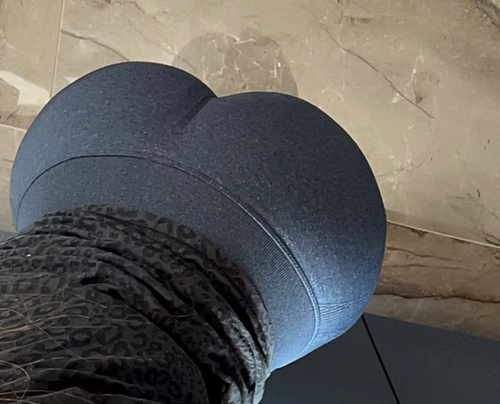
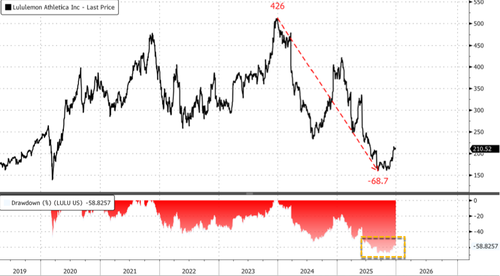





 History professor James Hankins taught at Harvard for 40 years. (Sophie Park/Bloomberg)
History professor James Hankins taught at Harvard for 40 years. (Sophie Park/Bloomberg)

 Source: Washington Post/Getty Images
Source: Washington Post/Getty Images










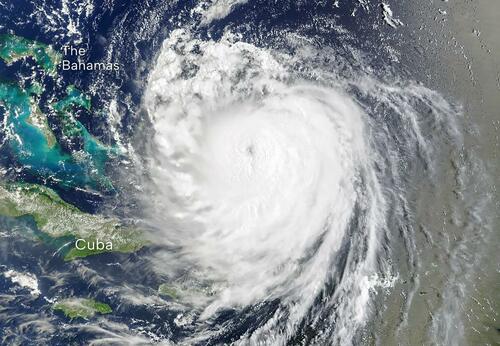




 Handout: Anadolu/Getty Images
Handout: Anadolu/Getty Images Oreshnik, via Reuters
Oreshnik, via Reuters
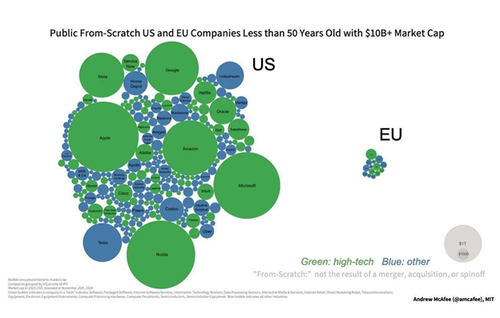



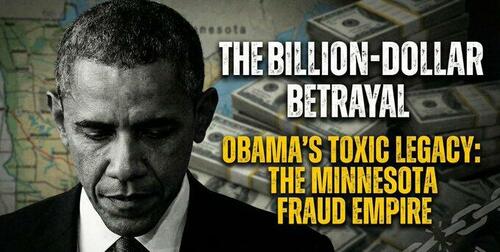



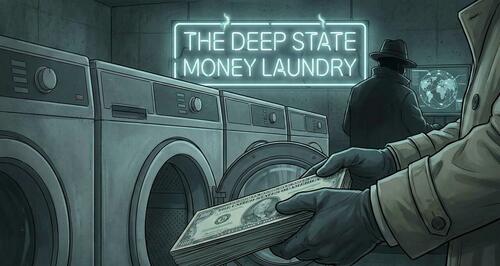
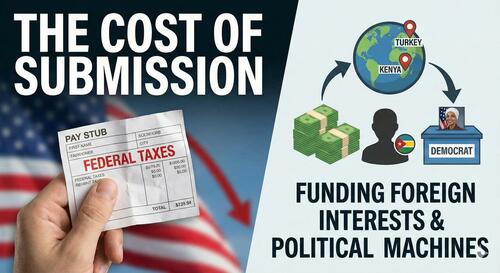
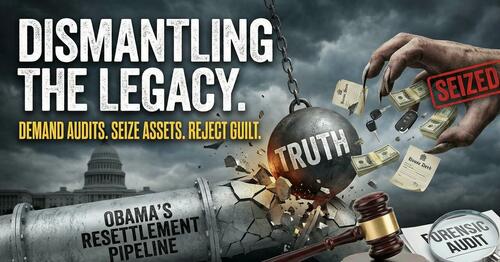

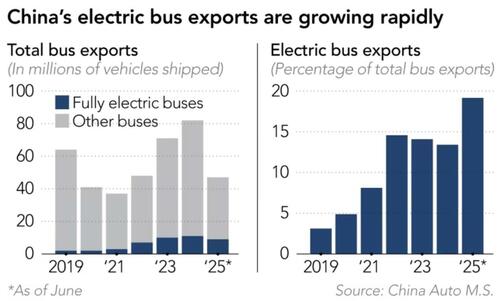
Recent comments